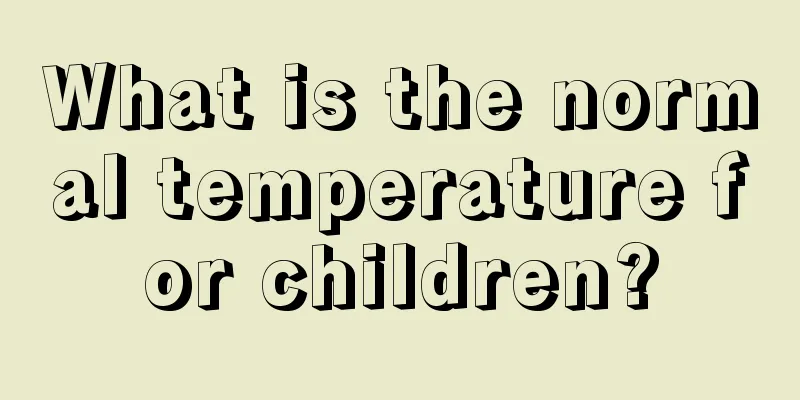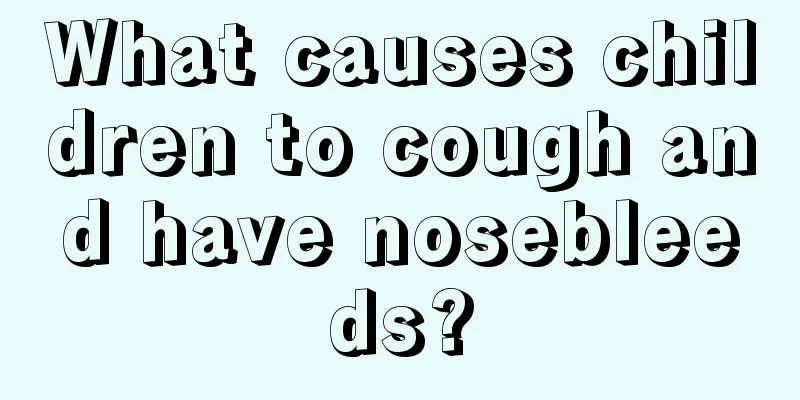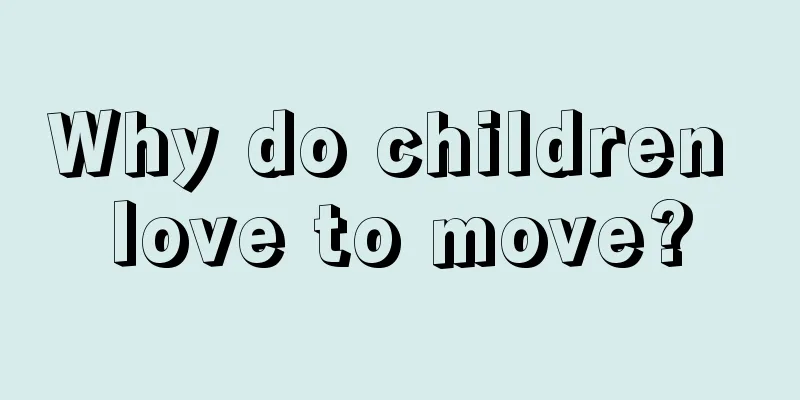What is the normal temperature for children?

|
Many mothers keep thermometers at home so that when their children feel unwell, they can measure their temperature in time to see if they have a fever. Unfortunately, many mothers do not know what the normal body temperature of their children is. If this is the case, unless the baby's fever is particularly obvious, they will not know whether the baby has a fever or not, let alone what countermeasures to take. A child's body temperature is slightly higher than that of an adult. Therefore, after you measure the child's temperature, you must check whether it exceeds the child's normal temperature. If it does, take treatment measures in time. If it does not, there will be no problem. There are three common places used to measure body temperature, namely the mouth, armpits and anus. The normal body temperature is between 36.5℃ and 37.5℃ at the anus; between 36.2℃ and 37.3℃ at the mouth; and between 35.9℃ and 37.2℃ at the armpit. After measurement, any temperature that exceeds the normal range by more than 0.5℃ is called fever. A temperature not exceeding 38°C is called low fever, and a temperature exceeding 39°C is called high fever. Young children have a slightly higher body temperature than adults because their temperature regulation center is unstable and their metabolism is more active. The body temperature also fluctuates during the day. It is lower when you are at rest and higher when you are active. The lowest temperature is between 2 and 6 in the morning and the highest temperature is between 2 and 8 in the afternoon. The fluctuation range is about 0.6°C. Every family should have a thermometer and antipyretics for emergency use. Children with fever should have their temperature measured every 1-2 hours. It is not advisable to use antipyretics when the child's temperature is below 38.5℃; when the temperature exceeds 38.5℃, physical therapy such as cooling patches or ice compresses can be used to reduce the temperature, or children's cooling tablets can be taken in appropriate amounts; when the temperature exceeds 39℃, the child should stay in bed, open the quilt or loosen the clothes to expose the skin, place an ice pack or a cold wet towel on the head, and go to the hospital for diagnosis and treatment as soon as possible; in the event of high fever convulsions, the child will have staring or upward eyes, loss of consciousness, unresponsiveness to calls, cyanosis of the lips, face and body, and convulsions of the limbs. Parents should immediately press the child's "Ren Zhong" acupoint (at the midpoint of the nasolabial groove), with strong stimulation continuing for 1-3 minutes until the child cries, and then use the above method to quickly reduce the temperature, and also go to the hospital for diagnosis and treatment immediately. Now that you know what the normal body temperature is for children, I believe you also understand some treatment measures for children's fever. However, it should be noted that if the baby's temperature is only slightly higher than normal, drinking more warm water can reduce the baby's fever, because drinking warm water has a good heat dissipation effect, which can achieve the effect of reducing fever. |
<<: How to improve children's memory
>>: What to do if your child has mouth ulcers
Recommend
Is it normal for a one and a half year old baby to have teeth?
Now the safe growth of the baby is the most conce...
What should children eat to increase height and supplement calcium?
The main component of bones is calcium, so if you...
Baby hits head
Many babies will bump into things while playing, ...
My child's eyes itch and he keeps blinking.
We all know that spring is a high-incidence perio...
Does color Doppler ultrasound have any effect on children?
Color Doppler ultrasound is a clearer way of exam...
How to supplement iron deficiency in children?
Children need a lot of nutrients and energy durin...
Poor brain development in babies
If you find that your baby's brain developmen...
Are sit-ups OK for kids?
It is good for people's health to do exercise...
Baby has fever and convulsions while sleeping
When a person has a fever, cooling down the body ...
What should I do if my one and a half year old child has a cough and fever?
What should you do if your one and a half year ol...
Treatment for a child's unexplained fever
In fact, you will encounter many problems in the ...
What is the reason for black hair on baby's ears?
Some parents find that their babies have black ha...
Dosage of Isatis Root for Children
Because Isatis root is a traditional Chinese medi...
Does the baby need to have a stool test if he has diarrhea?
Diarrhea in babies is actually a very common phen...
The child suddenly has arm pain
Parents are very worried when their children beco...









